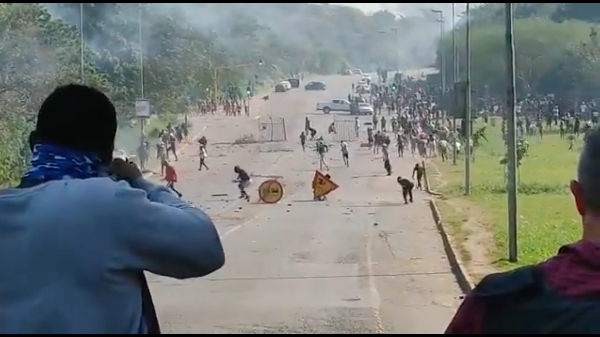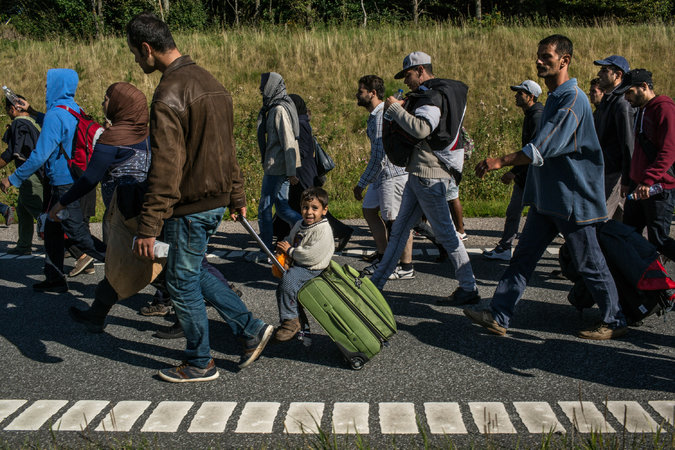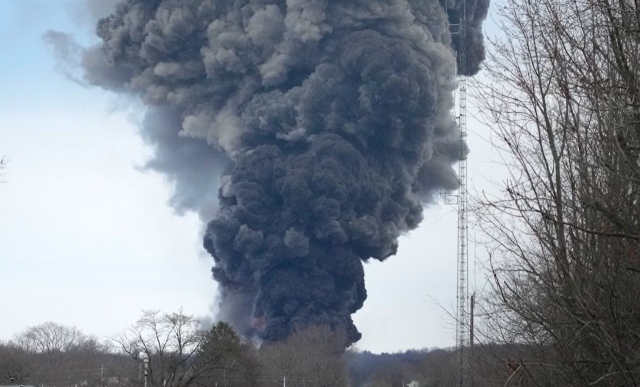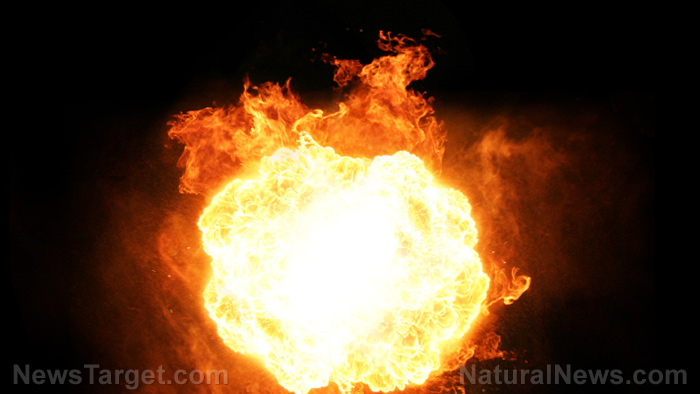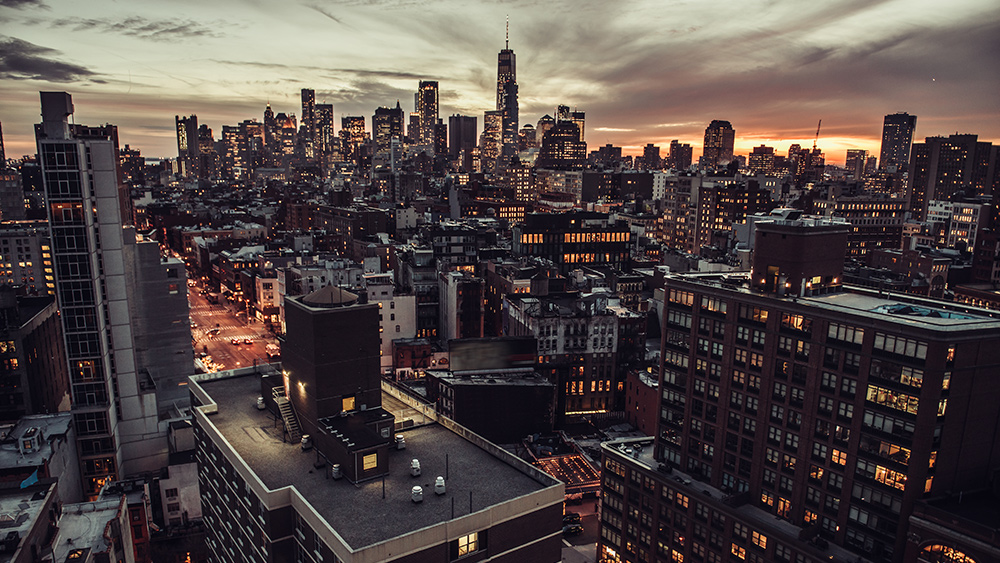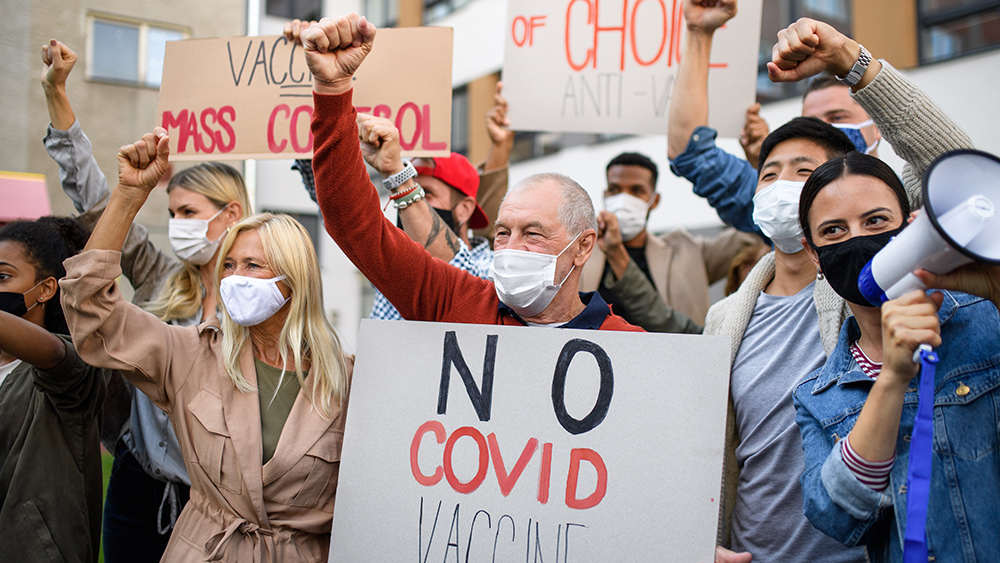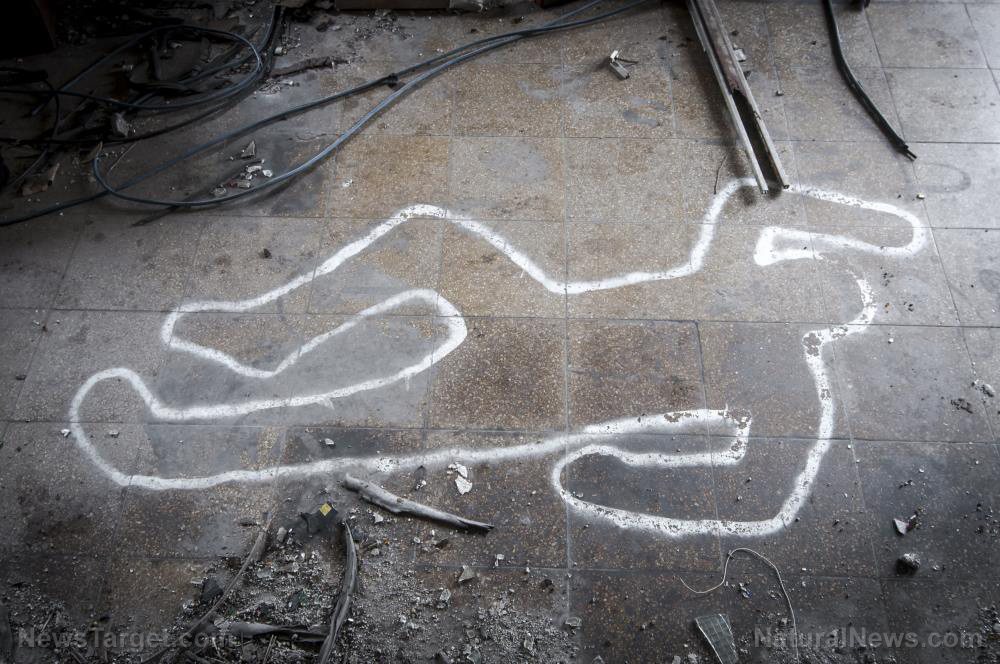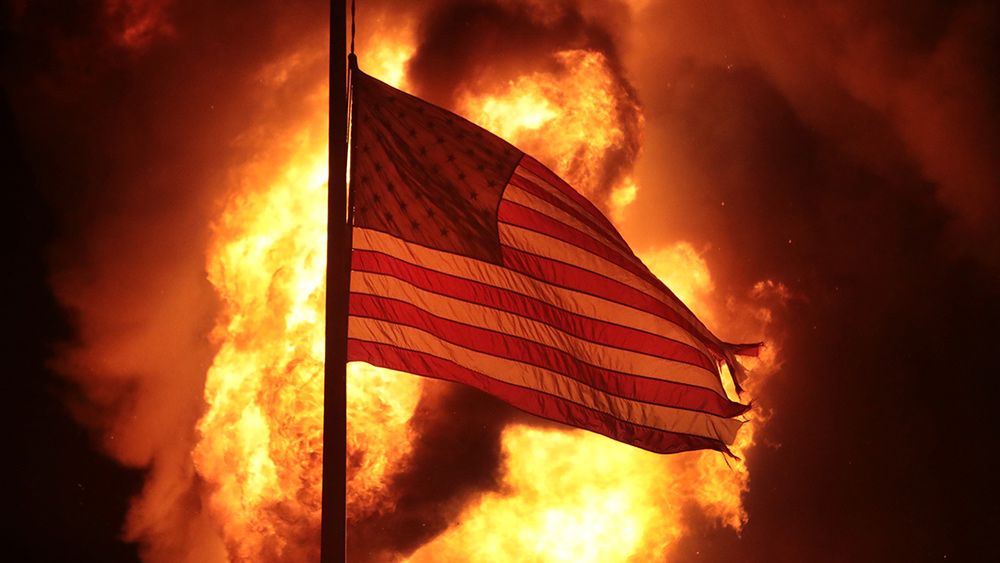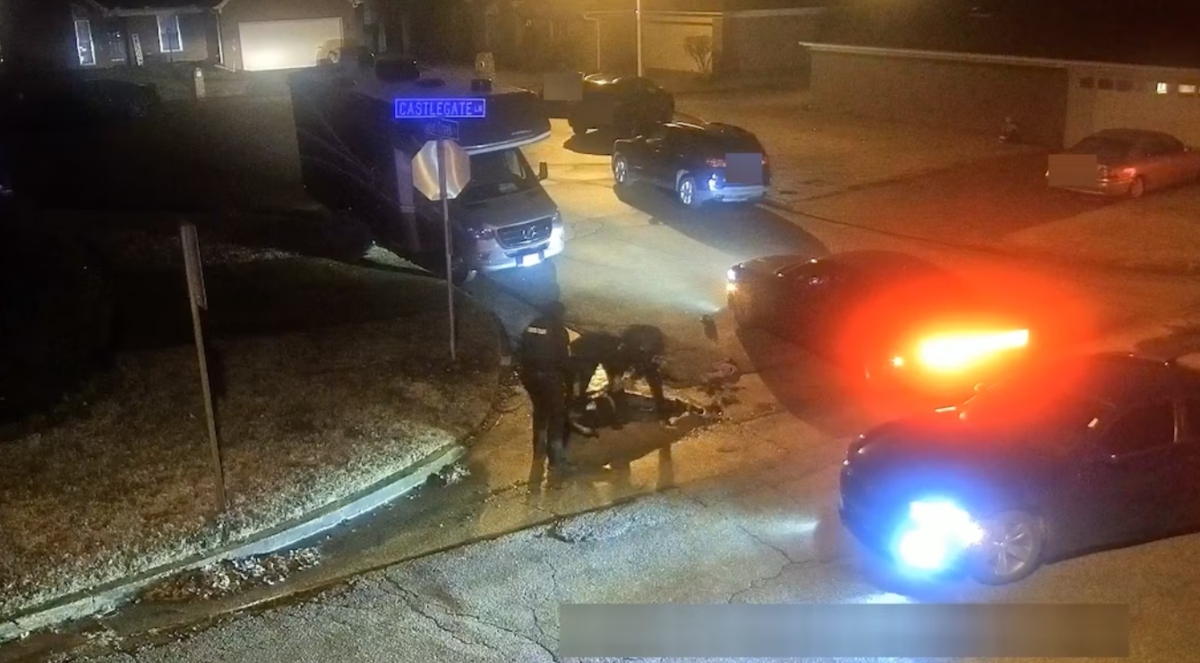Attacks on US power grid SURGED in 2022 and are likely to keep increasing this year
02/23/2023 / By Arsenio Toledo

Physical attacks on the American power grid rose by 71 percent compared to 2021, according to a confidential industry analysis which also warns that grid attacks will continue to rise this year.
The confidential analysis of physical attacks on the power grid was authored by the Electricity Information Sharing and Analysis Center (E-ISAC), a data center that is a part of the North American Electric Reliability Corporation and is responsible for documenting threats to the electrical system. (Related: Who is behind a series of “mysterious explosions” at natural gas facilities in the United States?)
The analysis noted that, since 2020, there has been a rise in “grid impacting” incidents, including ballistic damage, intrusion or tampering and vandalism. Between 2020 and 2022, E-ISAC tracked 4,493 incidents of attacks on the power grid.
In 2020, there were a “high number of serious incidents” that were attributed to “increased social tensions,” including the Antifa and Black Lives Matter-led rioting, as well as the “decline in economic conditions” caused by the Wuhan coronavirus (COVID-19) pandemic lockdowns. The number of incidents decreased in 2021 before picking up again last year.
According to the E-ISAC’s study, the vast majority of the reported incidents of attacks on the power grid – 97 percent – “resulted in no disruption to service.” But the remaining three percent of incidents resulted in “varying levels of grid impacts.”
The study noted an “unusual” number of “repeat and clustered attacks” on infrastructure in the Midwest, the American Southeast and the Pacific Midwest involving “individual sites being repeatedly targeted or multiple sites being targeted within close proximity to one another.”
One of the most significant incidents occurred in early December, when attackers shot several substations in North Carolina, leaving over 45,000 people without power for several days.
Physical attacks on energy infrastructure expected to continue
According to E-ISAC’s report, the group “assesses with medium confidence that the recent uptick in serious physical security incidents is likely to continue into 2023 based on the number and nature of recent attacks combined with the overall heightened threat environment.”
Brian Harrell, former assistant secretary for infrastructure protection at the Department of Homeland Security (DHS), noted that better security alone won’t be enough to prevent new attacks on the power grid.
“It’s important to note that new fencing, cameras or better lighting aren’t going to prevent attacks. They will continue to happen,” he said. “This is why we must invest in resilience, adding redundancy and removing single points of failure. Certain attacks on critical infrastructure should also be treated as domestic terrorism.”
Bonnie Titone, chief information officer of Duke Energy, the owner of the substations in North Carolina targeted in the December sabotage incident, noted that the company’s security practices and investments are getting better but it may not be enough.
“No utility has the ability to prevent this from happening,” she said. “You can have all the cameras in the world, but that doesn’t necessarily mean you’re going to be able to deliver reliable power because of that.”
“We’ve seen attacks against the power grid for a number of years, and some of those attacks are simply people shooting into substations around the country for purely criminal reasons,” noted Kenneth Wainstein, undersecretary of the DHS’s Office of Intelligence and Analysis. “But some of these more recent shootings are also being done by domestic violent extremists” who are trying to engineer a societal collapse.
Find more stories like this at PowerGrid.news.
Watch this special report featuring Mike Adams, the Health Ranger, and Steve Quayle discussing what to do after the American power grid goes down.
This video is from the Health Ranger Report channel on Brighteon.com.
More related stories:
Sources include:
Submit a correction >>
Tagged Under:
big government, chaos, Collapse, domestic terrorism, electricity, energy, energy infrastructure, energy supply, grid, grid down, grid failure, insanity, national security, power, power grid, sabotage, terrorism
This article may contain statements that reflect the opinion of the author
RECENT NEWS & ARTICLES
COPYRIGHT © 2017 DOMESTIC TERRORISM


